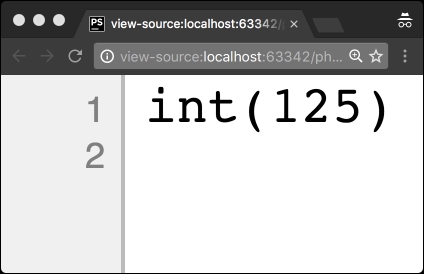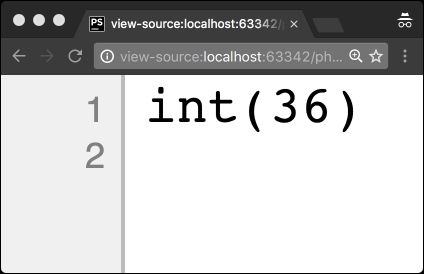The Strategy design pattern exists to allow us to alter the behavior of an object at runtime.
Let's suppose we have a class that will raise a number to a power, but at runtime we want to alter whether we square or cube a number.
Let's start off by defining an interface a function that will raise a number to a given power:
<?php
interface Power
{
public function raise(int $number): int;
}
We can accordingly define classes to Square and also Cube a given number by implementing the interface.
Here's our Square class:
<?php
class Square implements Power
{
public function raise(int $number): int
{
return pow($number, 2);
}
}
And let's define our Cube class:
<?php
class Cube implements Power
{
public function raise(int $number): int
{
return pow($number, 3);
}
}
We can now build a class that will essentially use one of these classes to process a number.
Here's the class:
<?php
class RaiseNumber
{
public function __construct(Power $strategy)
{
$this->strategy = $strategy;
}
public function raise(int $number)
{
return $this->strategy->raise($number);
}
}
Now we can demonstrate this whole setup using an index.php file:
<?php
require_once('Power.php');
require_once('Square.php');
require_once('Cube.php');
require_once('RaiseNumber.php');
$processor = new RaiseNumber(new Square());
var_dump($processor->raise(5));
The output is as expected, 52 is 25.
Here's the output:

We can swap the Square object with the Cube object in our index.php file:
<?php
require_once('Power.php');
require_once('Square.php');
require_once('Cube.php');
require_once('RaiseNumber.php');
$processor = new RaiseNumber(new Cube());
var_dump($processor->raise(5));
Here's the output of the updated script:

So far so good; but the reason that this is great is the fact that we can dynamically add logic that actually changes the operation of the class.
Here's a rather crude demonstration of all this:
<?php
require_once('Power.php');
require_once('Square.php');
require_once('Cube.php');
require_once('RaiseNumber.php');
if (isset($_GET['n'])) {
$number = $_GET['n'];
} else {
$number = 0;
}
if ($number < 5) {
$power = new Cube();
} else {
$power = new Square();
}
$processor = new RaiseNumber($power);
var_dump($processor->raise($number));
So just to demonstrate this, let's run the script with the nGET variable set to 4, which should cube the number 4, giving an output of 64:

Now if we pass through the number 6, we expect the script to square the number 6, giving an output of 36:

In this design pattern, we have done a lot:
- We defined a family of algorithms, bound by one common interface
- These algorithms are interchangeable; they can be swapped in and out without affecting the client implementation
- We encapsulated each algorithm within a class
Now we can vary the algorithm independently from the clients that use it.
